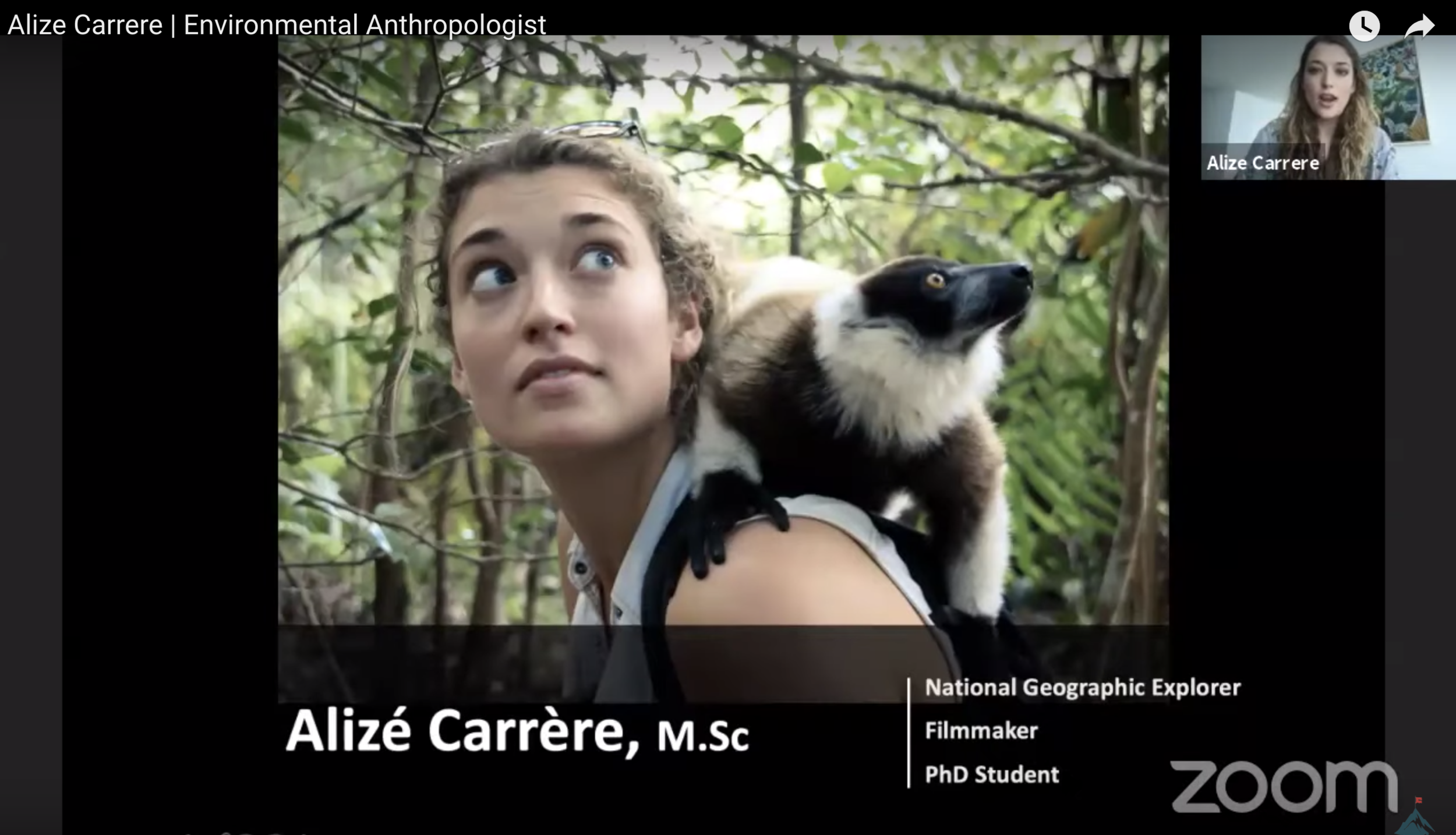Classroom Resources
Crash Course - Geography
Calling all physical and human geography nerds! I had the pleasure of hosting the Crash Course Geography series on YouTube (50 episodes total). The first 25 episodes focus on physical geography, and the rest cover human and cultural geography. Crash Course is a wonderful educational platform that provides free, high-quality educational content for kids and adults around the world. Click the link below to subscribe to their YouTube channel to receive weekly notifications for new episodes and series:
MODERN EXPLORER
A 9-episode educational series created by National Geographic Education and Lindblad Expeditions, hosted by myself and Lindblad Naturalist Tom Ritchie. In this first season we travel to South Georgia and the Falkland Islands, exploring penguins, seals and seabirds, all while tracing the steps of famous explorer Sir Ernest Shackleton. Each episode is 4-7 minutes long. They can be watched as standalone pieces or back to back. The series was a finalist for “Best Limited Series - Short Form” at Jackson Wild Media Awards 2020.
Explorer Classroom
National Geographic Education runs a virtual learning experience that anyone can tune into for free. It features daily live streams from NatGeo Explorers, scientists, photographers and educators. My talk below on traveling throughout South Georgia and the Falkland Islands and the ill-fated Antarctic expedition by Sir Ernest Shackleton in 1916:
Exploring By The Seat Of Your Pants (EBTSOYP)
A great online resource for virtual expedition experiences and live streams (archived ones as well) with explorers, scientists, photographers, adventurers and sci comm experts. In this talk I discuss my adaptation research around the world, including stories from Bangladesh, Madagascar and the US.
Lesson Plan - ADAPTATION: Bangladesh
“Ask students what they already know about climate change and how it is affecting the world. Either hold as a group discussion, complete KWL chart (what you know, what you want to know, what you have learned) as a class, or pair students off into pairs to discuss what they know … ”




